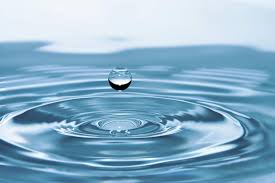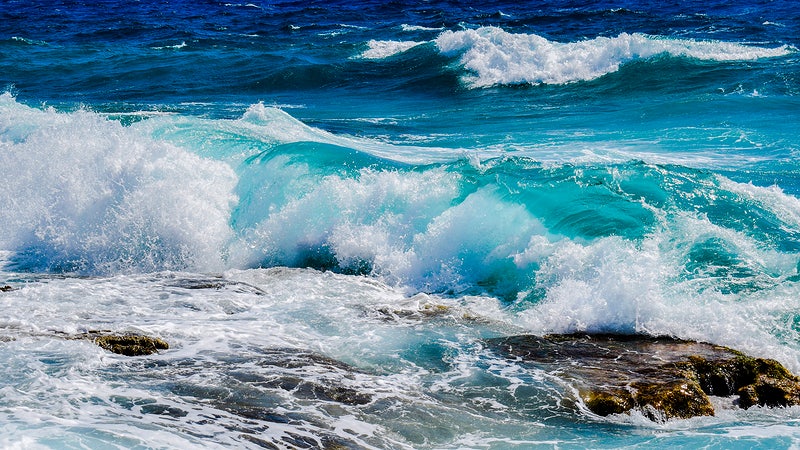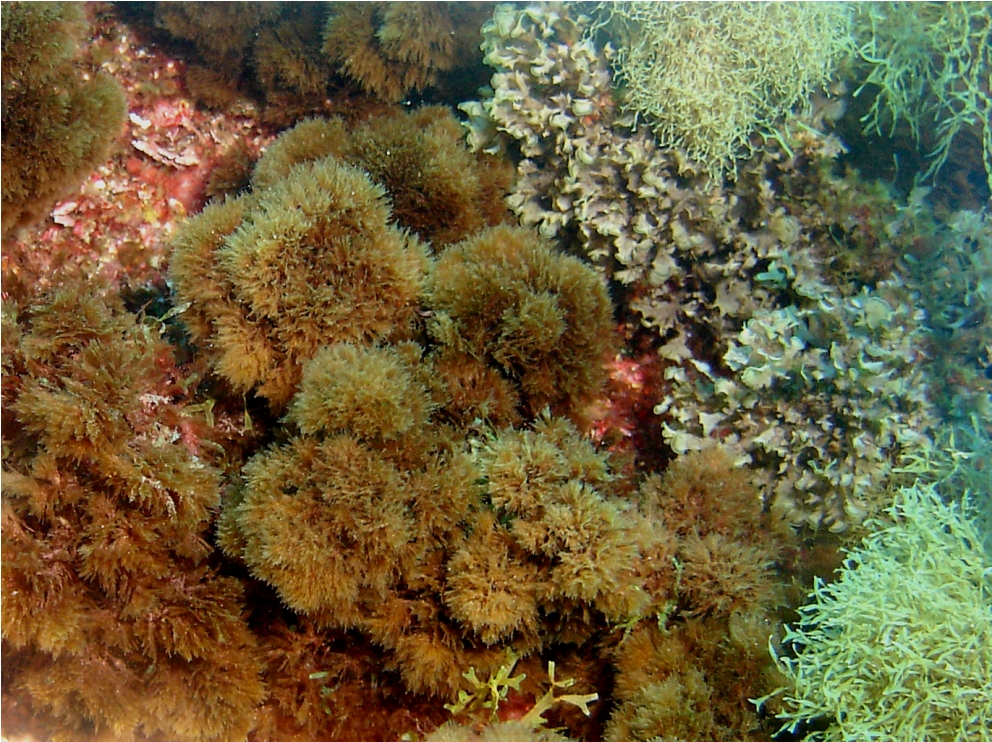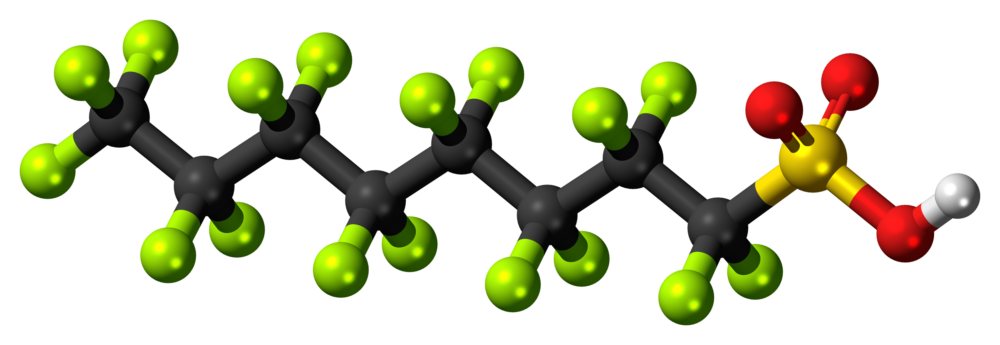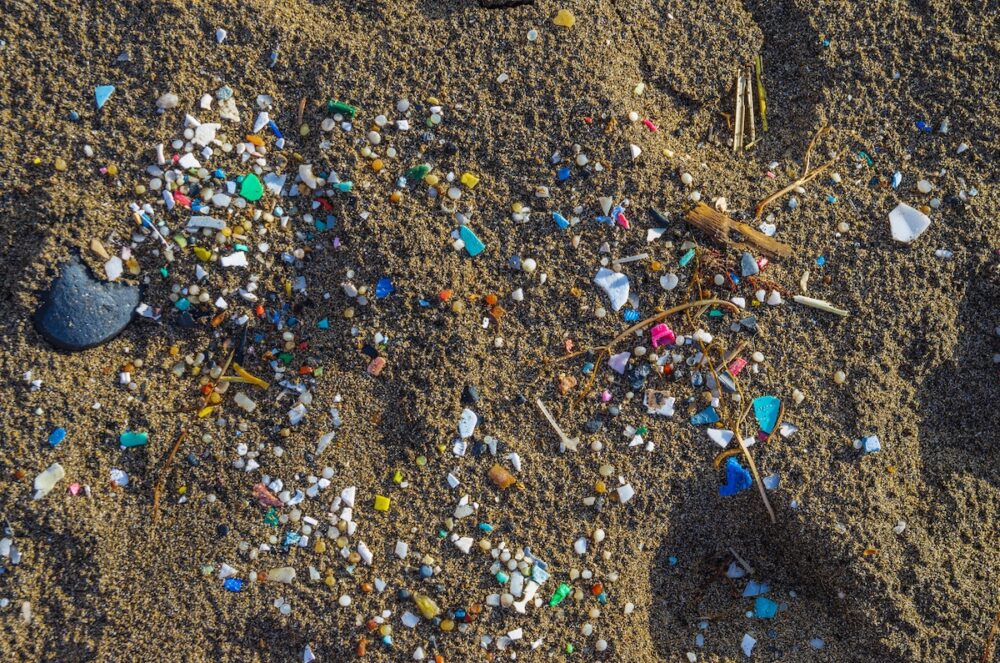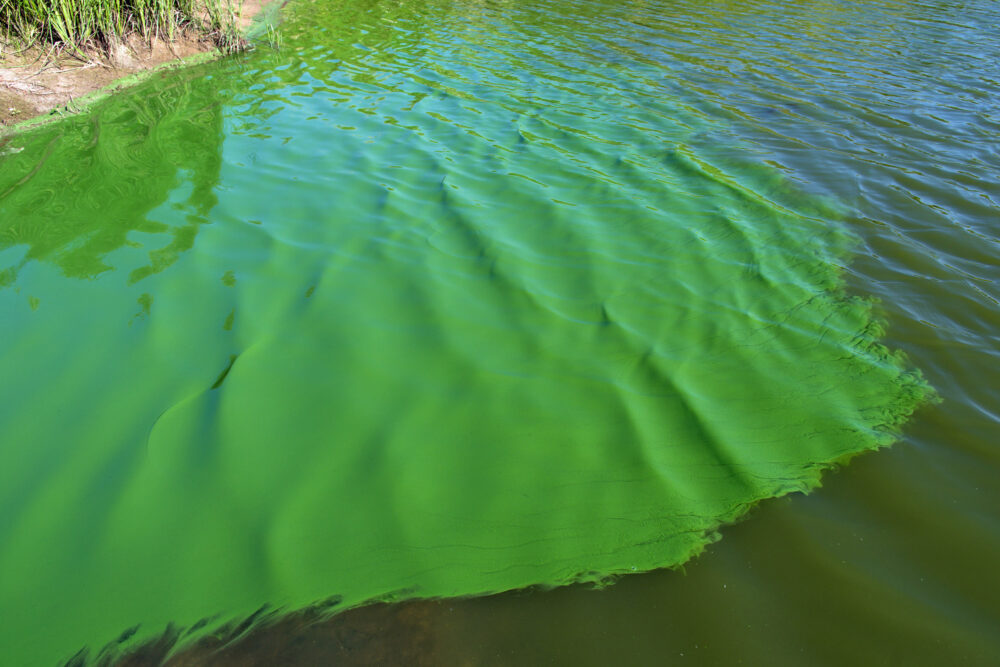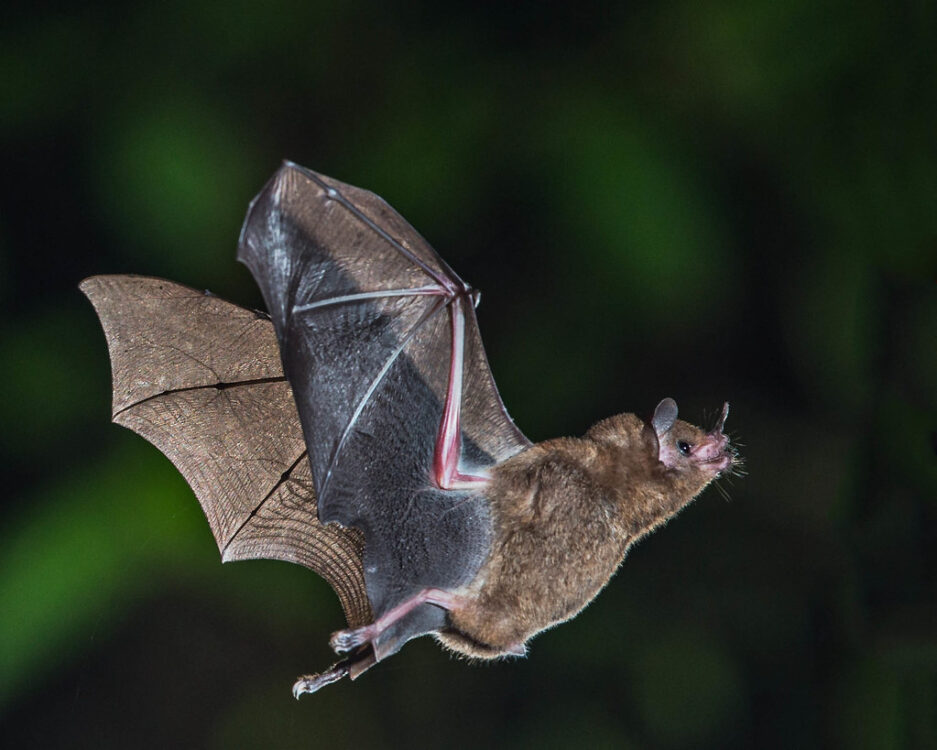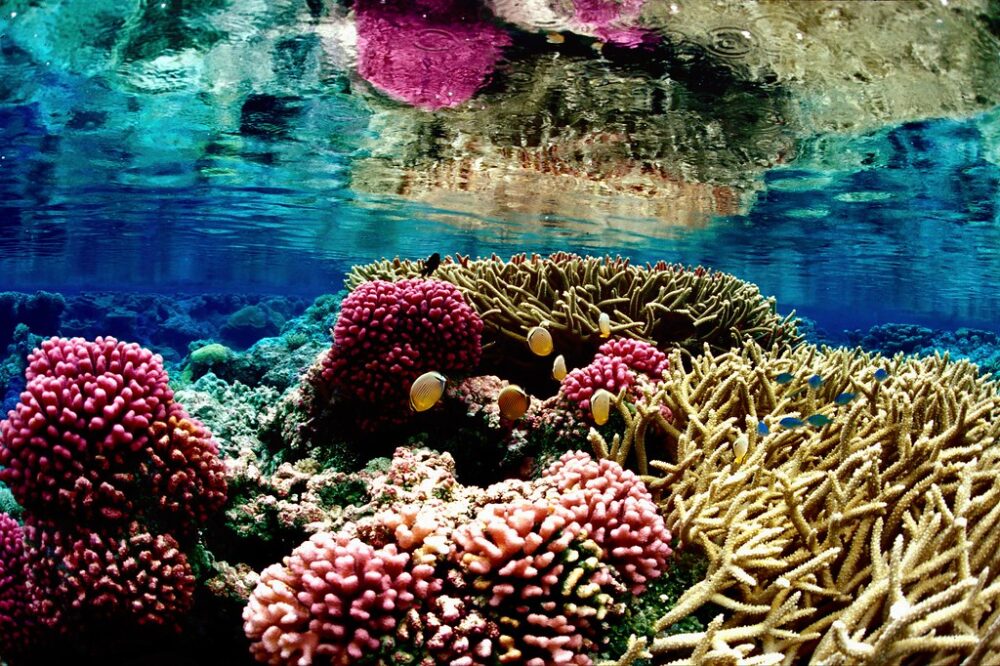The chemical fingerprint of water: Isotope hydrology for sustainable resource management
Every drop of water on Earth holds a unique story, carrying a chemical fingerprint of its journey through oceans, rivers, and the atmosphere across the hydrologic cycle. Just as humans are all tied to their own distinct backgrounds and identities shaped by their origins and experiences, scientists can track down the origins and travels of […]
The chemical fingerprint of water: Isotope hydrology for sustainable resource management Read More »
